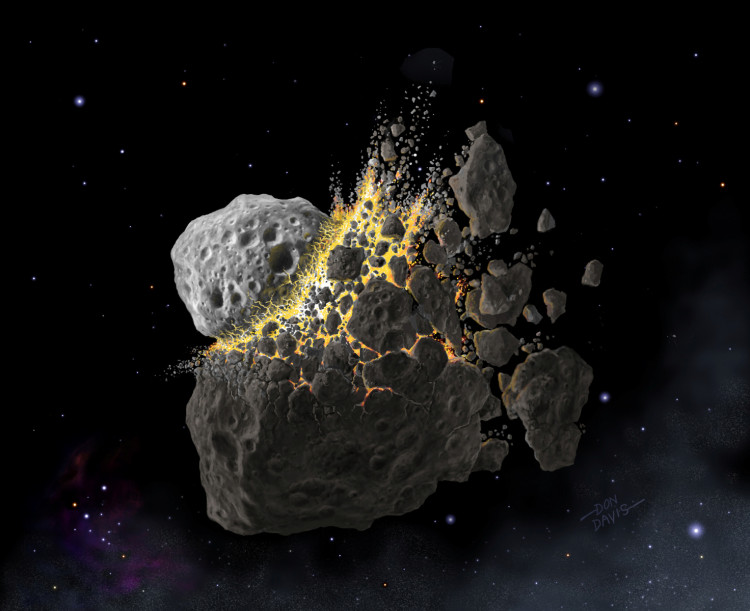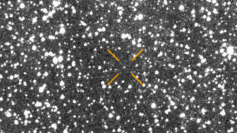A new study has revealed that the asteroids hiding in Jupiter's shadow could pose a potential threat for Earth. With enough changes to their orbital paths, the space rocks could end up on a collision course with the home planet.
Kenta Oshima of the Astronomical University of Japan believes that hidden somewhere in Jupiter's shadow are an unknown number of asteroids that could potentially hit Earth. According to the astronomer, the planet's massive size is the reason why the space objects are hard to detect.
Jupiter is the Solar System's largest planet. It is so massive that 1,300 Earths would fit inside it, according to NASA. This tremendous size allows the planet to pull cosmic objects into its orbit on a regular basis, including comets and asteroids.
Oshima says that some of these asteroids actually follow Jupiter as it orbits around the Sun, while others simply orbit around it. Those tag-along rocks, however, can be passed on to other planets, let's say Mars, and sometimes, Earth.
This gravitational interaction between planets is one reason for the asteroid's trajectory to change, pushing it into a different orbit. If it makes a jump onto a path leading to Earth, that's when these asteroids will be considered as potentially hazardous objects (PHO).
"If [asteroids] become unstable and inclination is traded for eccentricity, the path may become planet-crossing with a low inclination, which translates into a higher probability of impact," Oshima wrote in the study, which was published in the online journal Monthly Notices of the Royal Astronomical Society.
Oshima names one asteroid that could potentially adopt a new orbit -- asteroid 2004 AE9. The astronomer has observed that this asteroid has been riding along Jupiter's orbit from a distance of 1.5 astronomical units or about 224 million kilometers.
Now, asteroid 2004 AE9's orbital cycle requires it to do a Mars flyby. If the Red Planet's gravitational pull happens to be forceful enough, the asteroid's path could be altered.
The astronomer has warned that Jupiter's asteroids haven't been fully observed, as they are hiding in the shadow of the planet. However, he believes that their orbits are stable, for now. Once a shift is observed, the safety of the home planet is at stake.
As of October 2019, there are 2,018 known potentially hazardous asteroids. Potentially hazardous asteroids with some threat of impacting Earth in the next 100 years are listed on the Sentry Risk Table maintained by NASA's Center for Near Earth Object Studies.



